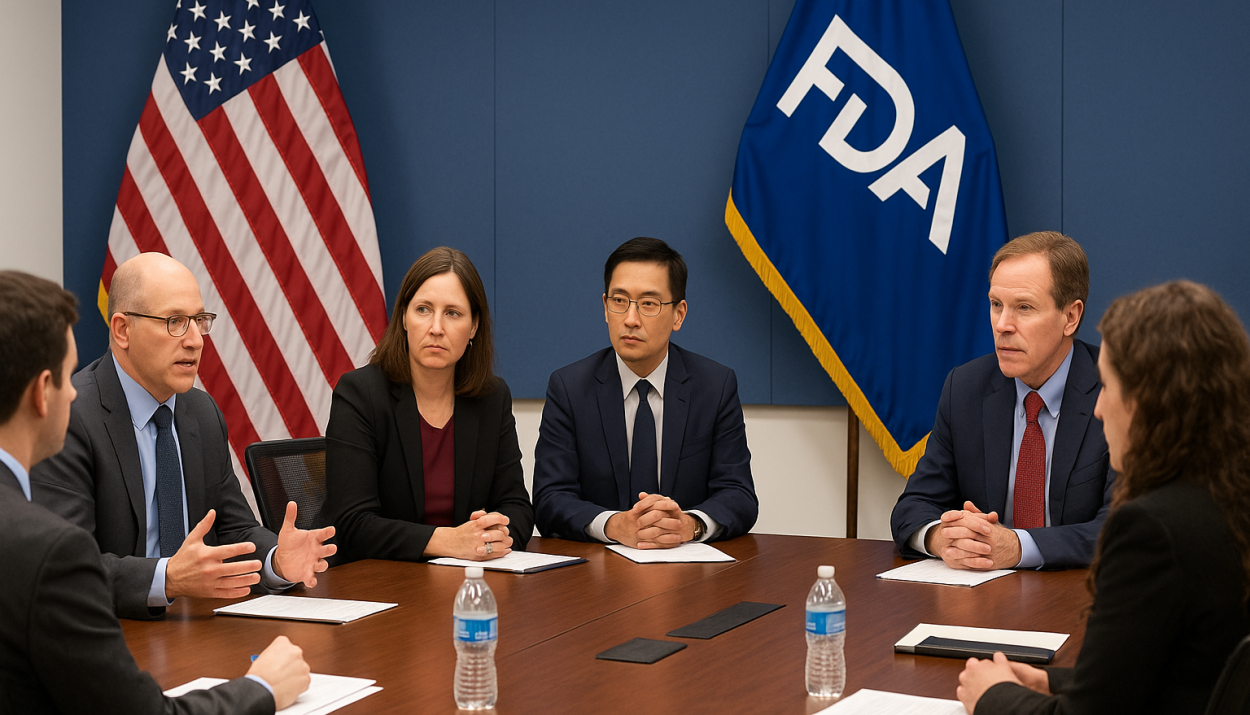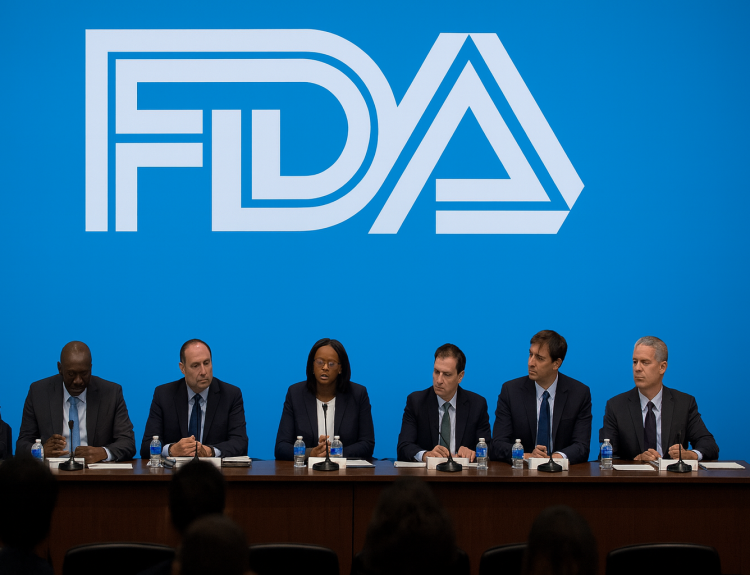At the Advancing Generics 2025 forum, FDA officials, policy leaders, and industry executives outlined the next phase of the U.S. generic drug program. Entering the third year of the Generic Drug User Fee Amendments (GDUFA III), the agency is prioritizing modernization, transparency, and scientific rigor to sustain a competitive generics market. The discussions revealed a regulatory climate focused not only on maintaining rapid approval timelines but on enhancing data reliability, oversight consistency, and international coordination.
Speakers underscored that the generics ecosystem faces both opportunity and strain. With economic pressures tightening margins and manufacturing networks stretched globally, the FDA’s agenda for 2025 reflects a pragmatic shift from reactive regulation to predictive policy—one aimed at ensuring continued access to affordable medicines without compromising quality or trust.
From Volume to Value: The New Review Philosophy
The forum’s opening session highlighted a fundamental transformation in how the Office of Generic Drugs (OGD) measures success. Instead of counting approvals, the agency is focusing on first-cycle quality and predictability in the abbreviated new drug application (ANDA) process.
In 2024, the FDA reviewed more than 1,000 ANDAs and approved approximately 850, maintaining record efficiency while improving scientific consistency across therapeutic categories. Under GDUFA III, the OGD is strengthening structured communication channels—such as mid-cycle teleconferences and deficiency response templates—to reduce the back-and-forth that often leads to multi-cycle reviews.
Panelists noted that the emphasis on first-cycle success stems from years of industry frustration over ambiguous feedback and unexpected data requests. By refining cross-office coordination between the OGD, the Office of Pharmaceutical Quality (OPQ), and the Office of Regulatory Affairs (ORA), the agency aims to ensure that applicants receive clearer, earlier insight into scientific expectations. The policy, participants agreed, represents a move away from transactional review toward strategic collaboration.
Digital Oversight and the Rise of Data Integrity Systems
The conference made clear that oversight in 2025 is inseparable from digital readiness. The FDA’s Knowledge-Aided Assessment & Structured Application (KASA) system now forms the backbone of quality assessment, enabling reviewers to evaluate risk factors through structured data rather than narrative summaries.
By the end of 2025, KASA is expected to expand to include modules for post-approval change tracking and cross-referencing with manufacturing surveillance data. This integration will allow regulators to detect early warning signals in quality systems and identify patterns across facilities long before problems reach the market.
Remote and hybrid inspections—an approach born of necessity during the pandemic—have now become a core feature of the FDA’s compliance strategy. According to officials, these digital inspection models allow for greater frequency, reduced disruption to site operations, and more consistent evaluation across global regions. Industry speakers welcomed this evolution but cautioned that sponsors must elevate their data governance, cybersecurity, and audit trail management to meet the new digital expectations.
Strengthening Supply Chain Resilience
The FDA’s roadmap reflects hard-learned lessons from the drug shortages that marked recent years, particularly for sterile injectables and essential hospital products. A recurring theme in the policy sessions was that resilience must now be embedded, not improvised.
Agency officials presented the Resilient Supply Chain Framework, a multi-step initiative that combines risk-based analytics, voluntary reporting, and data sharing to anticipate disruptions. The framework includes the use of early warning indicators based on real-time manufacturing performance data and proactive engagement with firms reporting capacity constraints.
The discussion pointed to the persistent structural challenge that nearly 40% of U.S. generic active pharmaceutical ingredients (APIs) still originate from a limited number of geographic regions. While cost containment remains critical, regulators and industry leaders concurred that redundancy is the only safeguard against single-source vulnerabilities. The FDA’s current guidance encourages dual sourcing and the adoption of quality maturity models, particularly for drugs deemed medically essential.
Harmonization Through Global Partnerships
Another priority for 2025 is international collaboration. The agency outlined progress under the International Collaboration on Generic Drugs (ICGD), a multi-agency initiative involving the FDA, EMA, Health Canada, and Japan’s PMDA. Through this framework, regulators are working toward harmonized bioequivalence criteria, shared stability study templates, and mutual reliance on inspection findings.
Speakers indicated that convergence in these areas could reduce duplicative review times by as much as 30%, cutting costs for both regulators and manufacturers. The move toward common technical document structures and standardized CMC (chemistry, manufacturing, and controls) sections has already shown success in pilot submissions.
The long-term vision, as described by policy experts, is an international generic review ecosystem—one in which regulators jointly evaluate applications, share findings, and issue coordinated decisions. This model, while ambitious, promises to accelerate patient access to cost-effective medicines across markets while ensuring consistent quality oversight.
Transparency as a Cornerstone of Trust
Public accountability remains the linchpin of the FDA’s modernization strategy. In 2025, the agency is enhancing its Generic Drug Program Dashboard to include deeper insights into review timelines, facility inspection outcomes, and communication benchmarks. These updates aim to give applicants a clearer understanding of performance metrics while enabling the public to track the efficiency and integrity of the generic review process.
The FDA is also expanding the publication of first-cycle approval rates, median review times, and common deficiency categories—data that will help manufacturers identify recurring issues and improve submission quality. Industry representatives noted that such transparency fosters competition and reinforces public confidence in generic equivalence, especially as affordability continues to dominate policy debates in Washington.
Looking Ahead: Predictability and Collaboration
If there was a single message emerging from Advancing Generics 2025, it was that modernization is no longer optional. The FDA’s roadmap through 2025 and beyond is anchored in three priorities: predictability in review, digitization of oversight, and global alignment.
Panelists agreed that the generics industry is entering an era of shared accountability—where scientific rigor, operational efficiency, and patient trust are inseparable goals. As GDUFA III approaches its midpoint, the agency’s emphasis on structured data, transparency, and early communication is expected to define the next decade of generic drug policy.
For manufacturers, the challenge will be to adapt to an environment where compliance is continuous and collaboration is strategic. For regulators, the mandate is clear: to keep pace with science while ensuring that the foundation of affordable medicine—quality generics—remains strong, stable, and globally competitive.
Moe Alsumidaie is Chief Editor of The Clinical Trial Vanguard. Moe holds decades of experience in the clinical trials industry. Moe also serves as Head of Research at CliniBiz and Chief Data Scientist at Annex Clinical Corporation.







